How to Create a Sense of Belonging in the Workplace
When it comes to DEI&B, so much focus is put on the first three aspects: diversity, equity and inclusion. But the B – belonging – is the secret sauce for making the DEI initiatives work. While the D, E and I are critical, they simply aren’t enough on their own. If your teams don’t feel like they belong, then your DEI initiatives will fall flat. Our favorite way to approach DEI&B is this quote from Verna Myers: “Diversity is being invited to the dance. Inclusion is being asked to dance. Belonging is when the DJ plays your song request.”
To drive innovation, boost productivity and attract/retain the talent you need, prioritizing the B is a must! Leading organizations create cultures where people are comfortable disagreeing with an idea and willingly share their perspectives; this is what drives creativity. And when people believe they work for companies whose values and missions align with their own, they’re more productive.
According to a study by BetterUp, “high belonging was linked to a whopping 56% increase in job performance, a 50% drop in turnover risk, and a 75% reduction in sick days.”
These findings are bolstered by the 2022 Workplace Belonging Survey, which found that 88% of respondents strongly or somewhat agree that a sense of belonging leads to higher productivity at work.
The lesson to be learned: a positive culture that is welcoming to everyone has a positive effect on the bottom line. When employees feel they belong, they are more productive, motivated and engaged.
But What Does a Sense of Belonging Actually Mean?
Based on the Workplace Belonging Survey responses, workers say it means “having their perspective and/or contributions valued by their colleagues and superiors (64%) and working in an environment where they feel accepted (64%).”
The BetterUp data revealed belonging is related to mattering, identification, and social connection.
In a nutshell, belonging is the feeling of being valued, accepted and included.
Building a Culture of Belonging
We help companies create better workplaces by building and enhancing DEIB initiatives, in essence weaving them into the fabric of their cultures. While adding the B to the acronym is something new, creating a sense of belonging is far from it. We have strategized with leadership on creating welcoming environments for all workers. Here are the actions we have found effective.
1. Implement Diversity Training
Create a training program that educates your workforce on differences (ethnic, gender, neurodiverse, etc.). We find it’s important to tailor the programs to employees and leadership so you can effectively address the issues specific to them.
2. Use Inclusive Language
So that everyone feels included, shift from using he/she to they in your workplace. Inclusive language helps workers feel safe and accepted.
3. Involve Leadership
Culture flows from the top down, so it’s important to make sure leaders are walking the walk and not just talking the talk. They need to ensure that employees feel seen, valued, understood and welcome.
4. Create an Environment of Open Communication
You want your employees to feel secure enough to share ideas and perspectives, let leadership know how they are doing, and call attention to diversity issues so that they can be addressed.
5. Create networks.
Demonstrate recognition and support of differences by welcoming interest groups. Creating these groups also provides opportunities to identify ways to improve your inclusive initiatives.
Don’t neglect the need of your employees to feel included. Take action now.
 En Español
En Español








